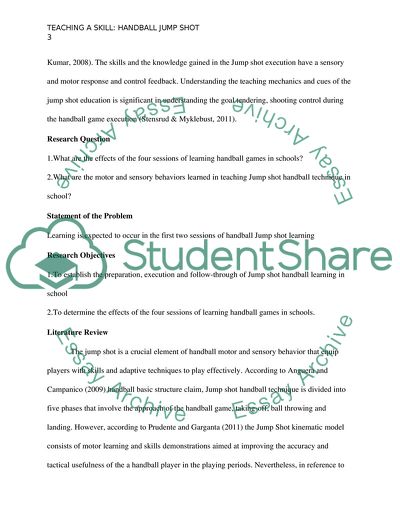Cite this document
(Teaching a Skill: Handball Jumpshot Research Paper, n.d.)
Teaching a Skill: Handball Jumpshot Research Paper. Retrieved from https://studentshare.org/education/1694844-teaching-a-skill-handball-jumpshot
Teaching a Skill: Handball Jumpshot Research Paper. Retrieved from https://studentshare.org/education/1694844-teaching-a-skill-handball-jumpshot
(Teaching a Skill: Handball Jumpshot Research Paper)
Teaching a Skill: Handball Jumpshot Research Paper. https://studentshare.org/education/1694844-teaching-a-skill-handball-jumpshot.
Teaching a Skill: Handball Jumpshot Research Paper. https://studentshare.org/education/1694844-teaching-a-skill-handball-jumpshot.
“Teaching a Skill: Handball Jumpshot Research Paper”, n.d. https://studentshare.org/education/1694844-teaching-a-skill-handball-jumpshot.


